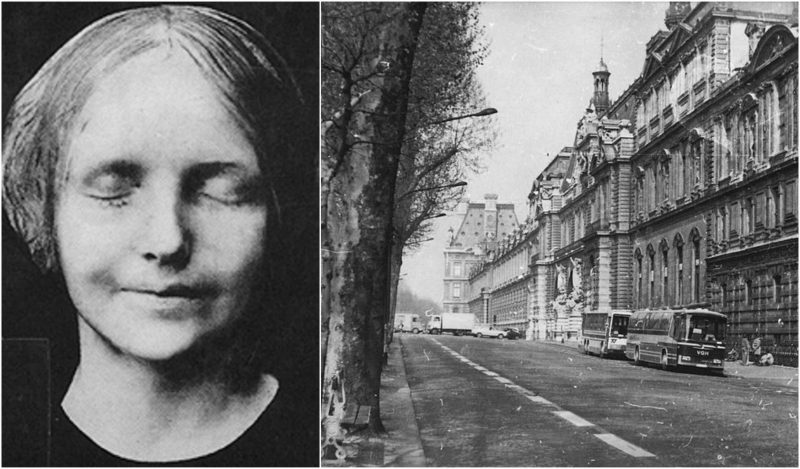Early in the twentieth century, there was one common piece of art in many French homes. It was a mask of the L’Inconnue de la Seine – The Unknown Woman of the Seine.
There are many stories behind the beautiful face of the young woman – who she is, who made it, why, and so on.
Whatever the story is, today the mask is known as the most kissed face on Earth and it’s commonly accepted that it is the face of a young woman who drowned in the River Seine.
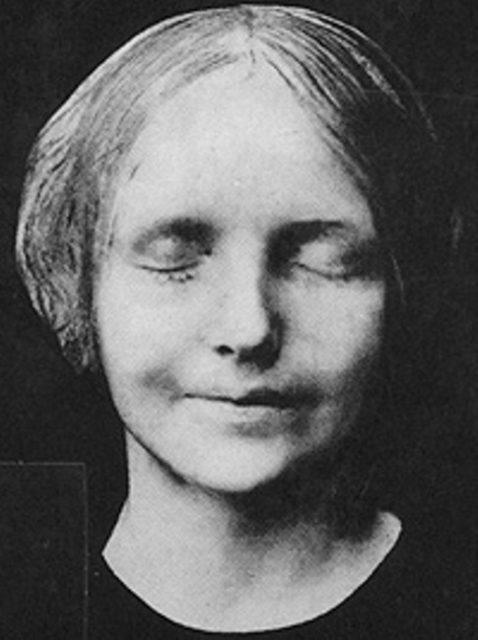
Sometime, around the 1870s or 1880s, the body of a young woman was pulled from the Seine River at the Quai du Louvre in Paris.
According to the most popular story, the pathologist at the morgue was amused by the woman’s beauty, so he made a death mask, a plaster casting of her face.
No matter how romantic or gothic this might have sounded, many people questioned if that expression on the face was the real expression of a person who drowned.
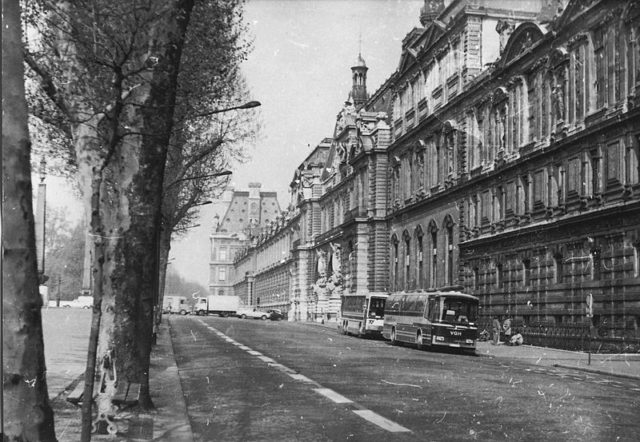
Many people believed in the story that the mask was created by a German manufacturer who made it after the face of his daughter. The age of the model was estimated at no more than 16, but the identity of the girl has not been discovered even today.
Anyhow, this didn’t prevent the production of hundreds of copies. And as the story of the face was vague, it made it a popular ornament in French Bohemian homes.
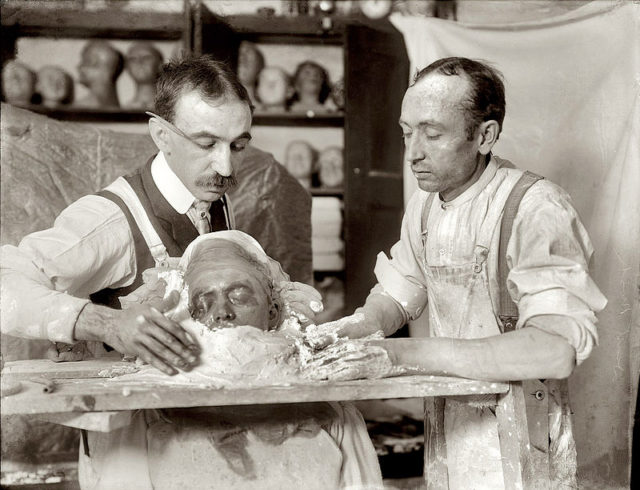
Albert Camus compared the enigmatic smile of the woman to Mona Lisa’s smile. People were obsessed with stories about the woman’s life, death, social status, possible murder or suicide.
Its popularity went beyond obsession. The critic Al Alvarez writes in his book on suicide “The Savage God” that he has been told, “that a whole generation of German girls modeled their looks on her.”
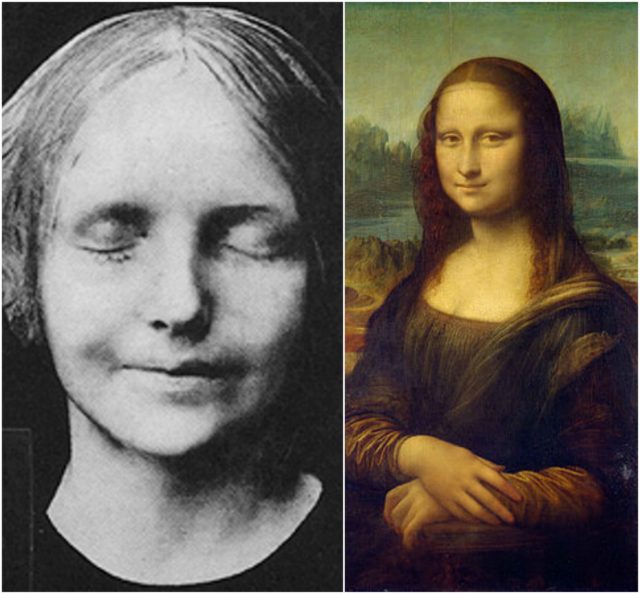
The mask is an important sociological phenomenon and today is studied in the history of artistic media. Hans Hesse of the University of Sussex also claimed that the Unknown became “an erotic ideal of the period, as Bardot was for the 1950s.”
He also believed that German actresses such as Elisabeth Bergner were idealizing the beauty of the Unkown and attempting to reach this ideal. Hesse believed that the ideal was finally forgotten or replaced when Greta Garbo stepped on the scene.
